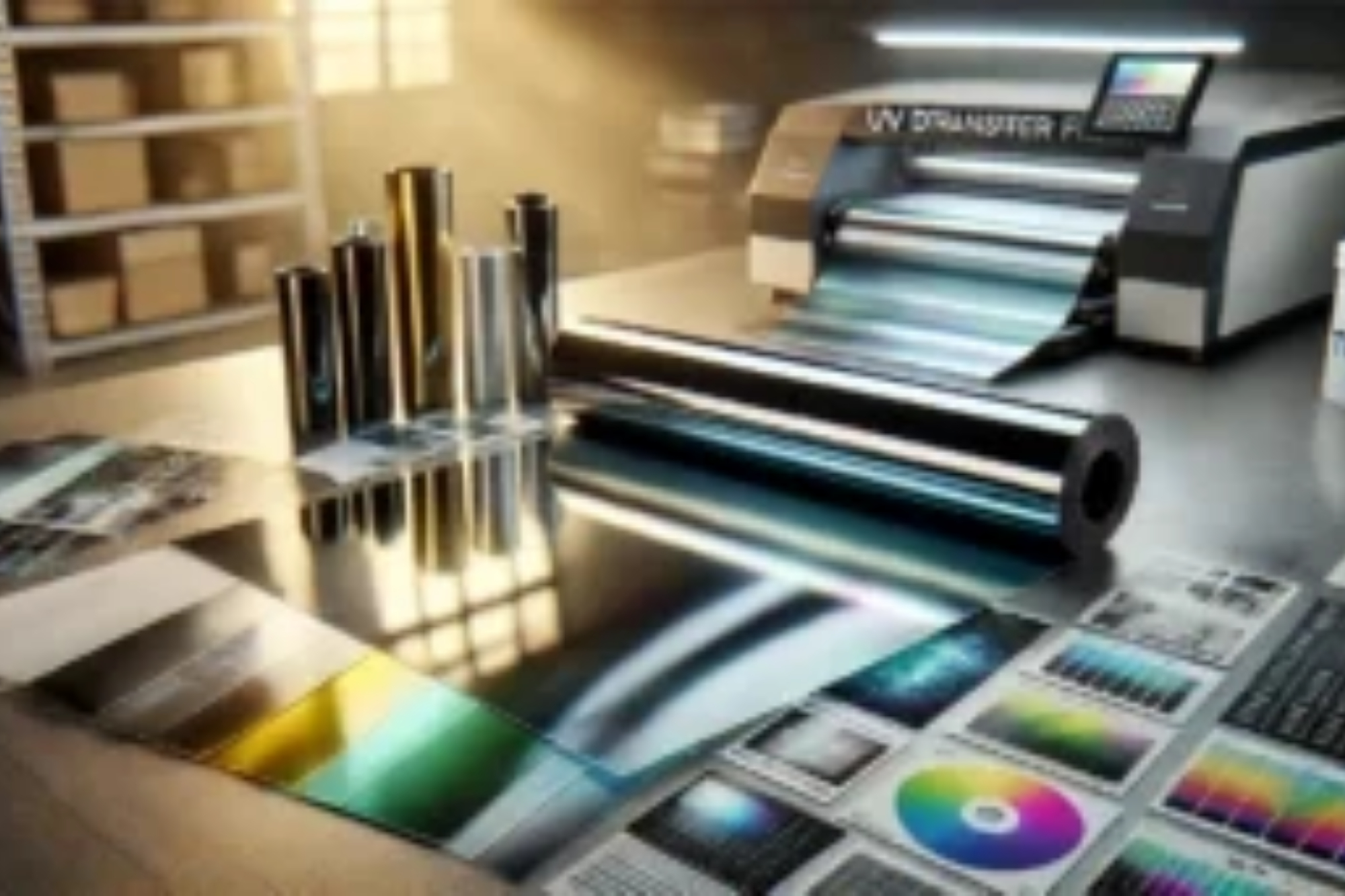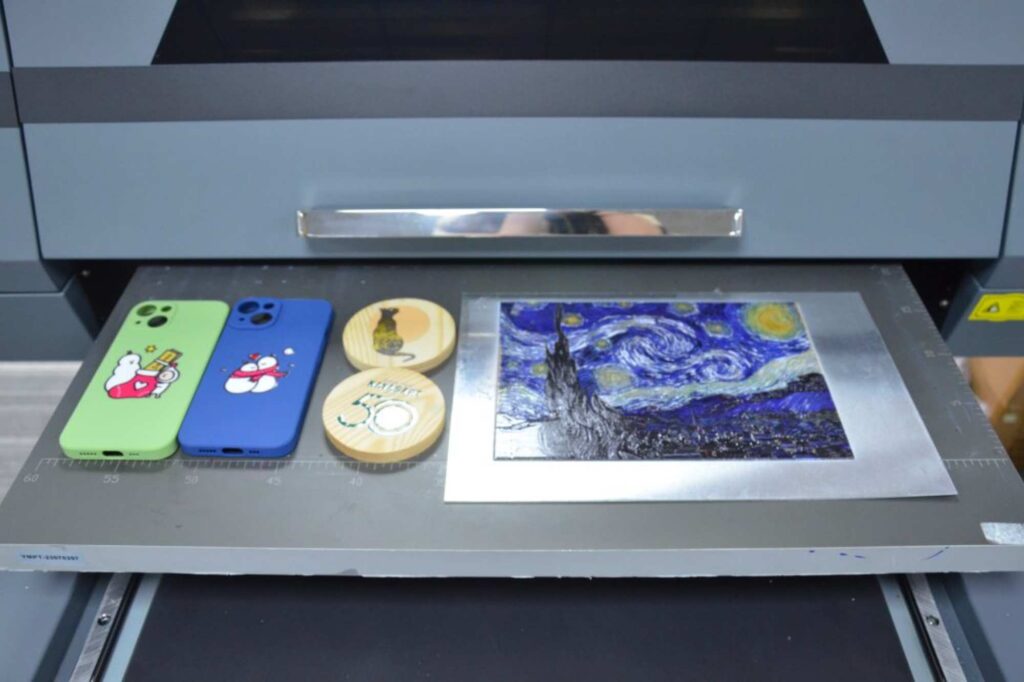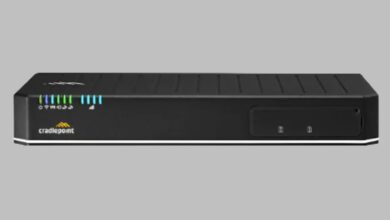UV DTF transfer film, also known as UV crystal label, is a kind of self-adhesive transparent decorative label, because of its simple operation, and wide range of use, has a wide range of market prospects.
UV DTF transfer film is an essential consumable in the UV DTF printing process, and its quality largely determines the quality of the output product. Next, Sublistar will introduce how to select UV DTF transfer film from the structure of UV DTF transfer film and customer production requirements 2.
Table of Contents
Structure of UV DTF transfer film
The AB film product in UV DTF transfer technology, its structure cleverly draws on the laminated concept of a sandwich, and the overall structure is composed of three layers: the outermost layer is covered with a light protective film as a protective barrier; The middle layer is a crystal film — glue printing layer, giving the finished product luster and texture; The bottom is the bottom paper layer that carries the heavy task of pattern transfer, which plays a crucial role in the entire structure and is directly related to whether the pattern can be flawlessly and smoothly transferred to the target medium.
When it comes to the characteristics of high-quality backing paper, the first condition is that it needs to have just the right balance of adhesion and hardness. The art of this balance is to ensure that the pattern can be tightly and firmly attached to the backing paper and that the pattern can be easily separated from the backing paper when needed, even in the face of fine and intricate pattern textures, to ensure that the transfer process is smooth.
In addition, the backing paper also needs to show excellent chemical stability, even in an environment with large temperature and humidity fluctuations, it can keep its size (length and width) constant, effectively preventing the integrity of the pattern and the final printing effect from any adverse impact due to the shrinking and deformation of the backing paper.
In the dazzling range of crystal label paper products on the market, it can be divided into two main categories: transparent paper and white paper. These two types of backing paper have their own characteristics, and their differences and advantages are also worth exploring in depth.
(1) Transparent backing paper
As the name suggests, it is a transparent release backing paper. In the same number of meters, it’s small in size, lighter in weight, and easy to transport. During the printing process, it is easier to monitor the effect of the print screen and convenient to adjust at any time. However, it also has a disadvantage, that is, the printer’s paper system is more demanding, and it is easy to wrinkle. This phenomenon has not occurred in the operation of Sublistar brand UV printers. Customers can use it with confidence, or they can request online video in real-time to observe the operating status of Sublistar’s equipment.
(2) White paper
Paper white background, more environmentally friendly, because of its white background, the finished product display effect is better. Disadvantages are also some, such as the same number of meters, the volume is larger, naturally heavier; During the printing process, the monitoring page is poor. In addition, it should be noted that due to its material characteristics and good water absorption, it is more susceptible to moisture and needs to be properly stored in a cool and dry environment.
According to the comparison of (1) and (2), and most of the use of the current market, it is still necessary to choose a more transparent release paper.
How do you choose the right UV DTF transfer film?
Under normal circumstances, according to their own printing needs and target customer groups to choose the appropriate UV printer and the corresponding size of consumables.
In addition, the UV DTF transfer film also has color points. Gold film, silver film, green film, and other UV special film is also A film, we can according to their own printing needs, choose different special films to achieve a special printing effect. Achieve high value-added output of products.
B film is the release film, which is mainly used for transferring patterns, so the thickness and high temperature resistance of the film are very important. The choice of B film determines whether the UV crystal label is curled when placed, and whether the pattern is torn off and complete when transferred.
Most importantly, when choosing AB film, be sure to choose a UV film with good quality. After all, the quality of AB film directly affects the quality of crystal labeling products.
Sublistar continues to provide you with quality guaranteed crystal label AB film.
UV DTF transfer film generally has the following characteristics:
(1) Strong stability, clear and lasting hot stamping effect.
(2) Superior performance, a variety of common process surfaces can be used together, scratch-resistant and not easy to fall off.
(3) The color is rich and full, the pattern is fine and the color reduction is high, and the three-dimensional sense and high gloss are very good.
(4) Suitable for various industries/materials, hard surface, plane, and surface can be pasted.
(5) Diversified choice, a variety of UV special films for you to choose.
(6) All products have passed many factory tests, quality assurance, and quality stability.
At present, with the continuous development of science and technology, the technical level of UV printers continues to improve steadily, the later UV printing level will give us more and greater surprises, bring more convenience and personalized charm to our work and life, Sublistar will be committed to improving the professional production capacity of mechanical equipment and superior after-sales experience. With the Sublistar UV printer paired with its UV DTF transfer AB film, the stable output is consistently efficient.







